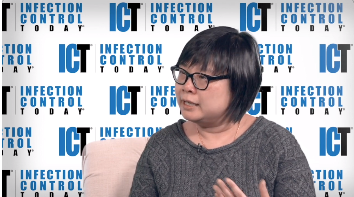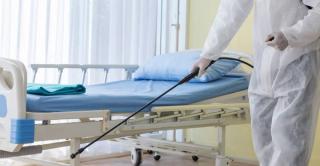
Videos
Latest News

Latest Videos

More News


Exploring the importance of disinfecting non-critical and environmental surfaces.

This webinar will explain the imperatives for infection preventionists, environmental services professionals, and other healthcare stakeholders.
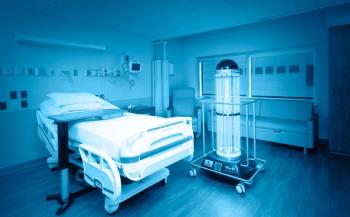
The BETR-D Study: The first and only randomized clinical trial on UVC Disinfection

The infection prevention and healthcare epidemiology community has continued to sound the alarm about outbreaks of CRE infections related to therapeutic gastrointestinal endoscopy cases in which contaminated and improperly reprocessed duodenoscopes and echoendoscopes were used during clinical procedures.
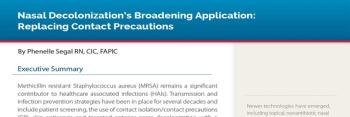
An increase in prevalence in healthcare settings across the continuum of care over several decades has resulted in MRSA and other multidrug-resistant organisms (MDROs) being given priority as targets of reduction efforts by several regulatory and advisory bodies. These include the Society for Healthcare Epidemiology of America (SHEA), the Infectious Diseases Society of America (IDSA) and the Centers for Disease Control and Prevention (CDC).

An increase in prevalence in healthcare settings across the continuum of care over several decades has resulted in MRSA and other multidrug-resistant organisms (MDROs) being given priority as targets of reduction efforts by several regulatory and advisory bodies. These include the Society for Healthcare Epidemiology of America (SHEA), the Infectious Diseases Society of America (IDSA) and the Centers for Disease Control and Prevention (CDC).

How over-the-head isolation gowns increase staff and visitor safety.

This Guidebook provides a comprehensive look at hand hygiene compliance monitoring, specifically electronic systems and how technology can drive improved performance.

Hygienically Clean Healthcare certification demonstrates linen and uniform services companies’ commitment to cleanliness through independent, third-party laundry inspection and quantified microbial testing. Inspection and re-inspection verify that items are maintained, washed, dried, ironed, packed, transported and delivered using best management practices (BMPs) to meet key disinfection criteria. Between scheduled and supplemental inspections, ongoing microbial testing quantifies cleanliness and indicates laundry process adjustments. Certification requirements are based on international standards for processing healthcare linens and garments.
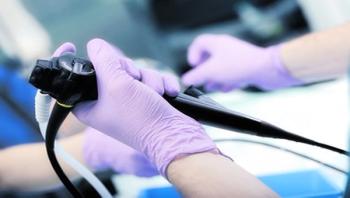
The reprocessing procedure for flexible endoscopes is an intricate multi-step process that requires a significant amount of time and diligence that can vary by endoscope type and manufacturer.
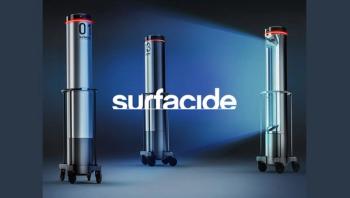
According to the CDC, roughly one in every 25 hospitalized patients has at least one healthcare-associated infection (HAI).1 HAIs create significant health risks and cost the healthcare industry billions of dollars each year.

Whether it's soap-and-water handwashing or using an antiseptic hand wash, an alcohol-based handrub (ABHR), or a surgical hand antisepsis product, hand hygiene remains a cornerstone of infection prevention and control practice. Despite indications that hand hygiene can help control the transmission of infectious microorganisms as part of a multi-modal approach, as well as innovations in product and dispenser design to enhance the user experience, hand hygiene rates remain sub-optimally low.


